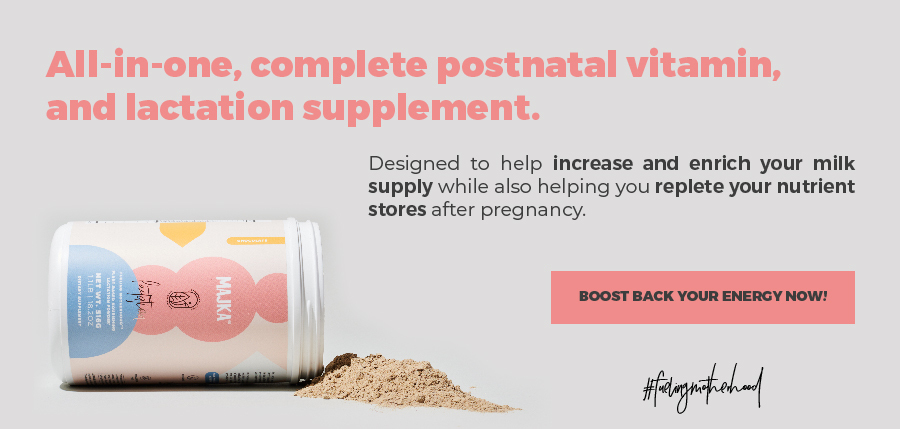
Your baby may be growing at such a fast rate that you don’t notice it happening.
In this article, we will talk about milestones of growth and how to manage them.
What are growth spurts?
First of all, it is important to mention that every child is different and each will grow at different rates. Baby development is dependent on each one’s needs and genetic composition. Surrounding environment and habits also have an impact. As your baby grows, he/she will experience patterns of growth.
Growth spurts are short periods of time when your baby will have a quick physical growth in length, height, and weight. This will occur at different stages of his/her childhood.
Signs and Symptoms of Growth Spurts
You may notice that your baby becomes fussy, express discomfort, and show changes in his/her appetite or sleep patterns. Your baby may seem hungrier than usual at times..This could all be signs that your baby is experiencing a growth spurt.
As your child grows, the signs and symptoms of growth spurts may be more noticeable.hey They will show and increase in their bones, muscles, and fat. Baby teeth will bereplaced by permanent teeth and sexual development may begin (such as menstruation and voice change).
How many growth spurts will my baby have and when?
On average, your baby may gain 38 grams per day for the first four months, then decrease to 20 grams per day for about 2 months. By the time your baby is 6 months old, he/she may be gaining 10 grams per day and growing 2.5 centimeters per month. This will reduce again to 1.3 centimeters each month from 7 to 12 months old.
In summary, your baby will grow about 25 centimeters longer and triple his/ her weight during the first two years of life..
After this, your child will be more impacted by the environment. His/her eating habits will change, making growth more steady.
By the age of 5, your child may have doubled his/her birth height (this will continue with regular increases in height and weight until adolescence).
Now you know about the common trends of growth, also taking into account that each baby is unique! Growth spurts are most likely to happen:
- Between the second and third week of life.
- At 6 weeks.
- When your baby is 3 months old.
- When your baby is 6 months old.
How long do they last?
Growth spurts tend to last up to three days for babies and up to one week for older children. As we mentioned before, every child is different and this estimate may vary from one baby to another.
*If you notice the aforementioned lasting longer than a week, contact your healthcare provider to ensure it is growth spurts and not a symptom of something else.
How can I ease my baby’s growth spurt symptoms?
As your child experiences changes in sleep and eating patterns, this could impact his/her emotions. It is comforting to know that this isn’t a sign of pain but rather the sudden changes your child is going through.
These symptoms aren’t permanent. Even so, you want to help your child through this process with as much ease as possible. Here are some recommendations that may be useful during this period:
- Feed your baby as much as he/she needs during this period(his/her body needs extra energy to during a growth spurt ).
- Remember to take extra care of yourself during this stage so you can better care for your baby..
- Be patient with his/her emotional discomfort. Give him/her extra cuddles or activities that you know your baby will enjoy.
- Try to maintain the usual sleep routine, and let your baby relax and rest as he/she demands more of it.
- Let your family help! You deserve all the help you can get to remain rested and healthy.
If you notice that your baby isn’t meeting his age requirements when it comes to length, height, and weight, talk to your healthcare provider.
In Breastfeeding 101 we hope this information has been helpful for you to know about the growth spurts that your child will experience and how you can help.
We invite you to follow our content and learn more about your baby’s health.
If you want to learn more about growth spurts, here is some of the information that made this article possible:
Cluster Feeding and Growth Spurts I USDA
Growth and pubertal development in children and adolescents: effects of diet and physical activity I OxfordAcademy
Growth and Your 1- to 2- Year- Old I KidsHealth
Growth in Childhood and Puberty I ResearchGate
Growth spurts and baby growth spurts I Cleveland Clinic
Infant and toddler health I Mayo Clinic
Infant Growth in Length Follows Prolonged Sleep and Increased Naps I National Library of Medicine
Study is the first to link sleep duration to infant growth spurts I AASM
The Uniform Pattern of Growth and Skeletal Maturation during the Human Adolescent Growth Spurt I National Library of Medicine
“Is my child growing well?” Questions and answers for parents I National Library of Medicine
Avery Reckers





